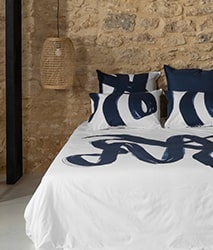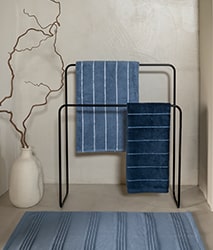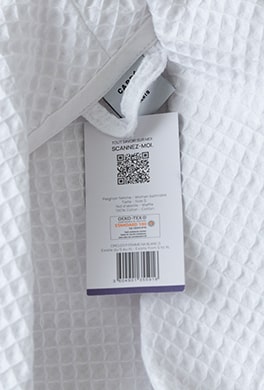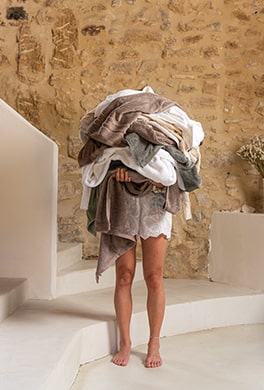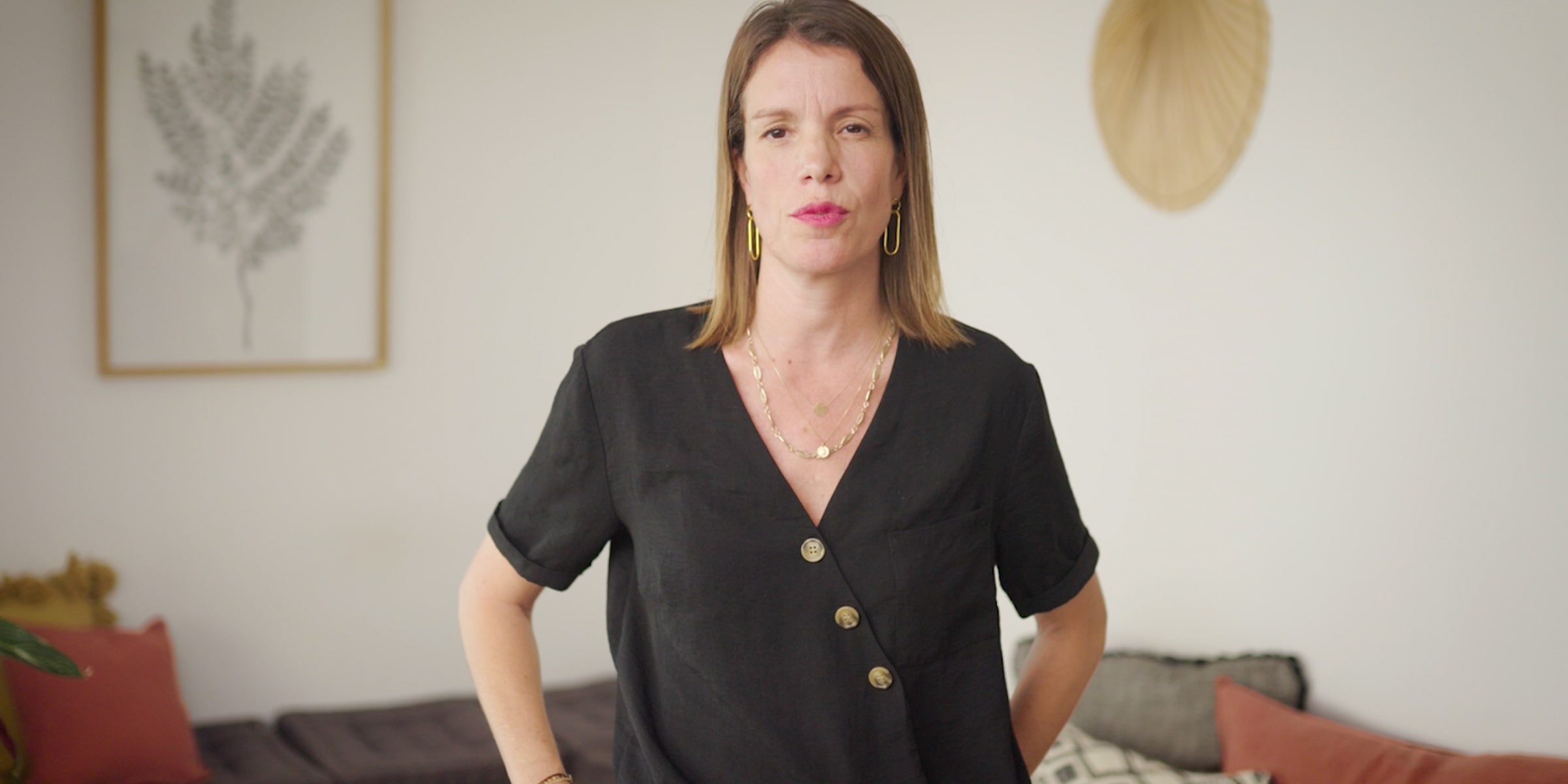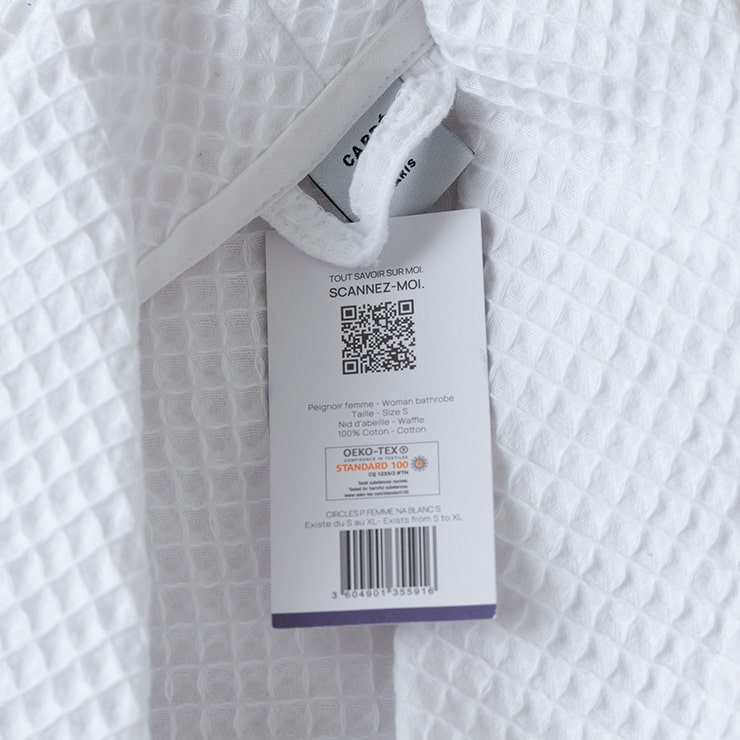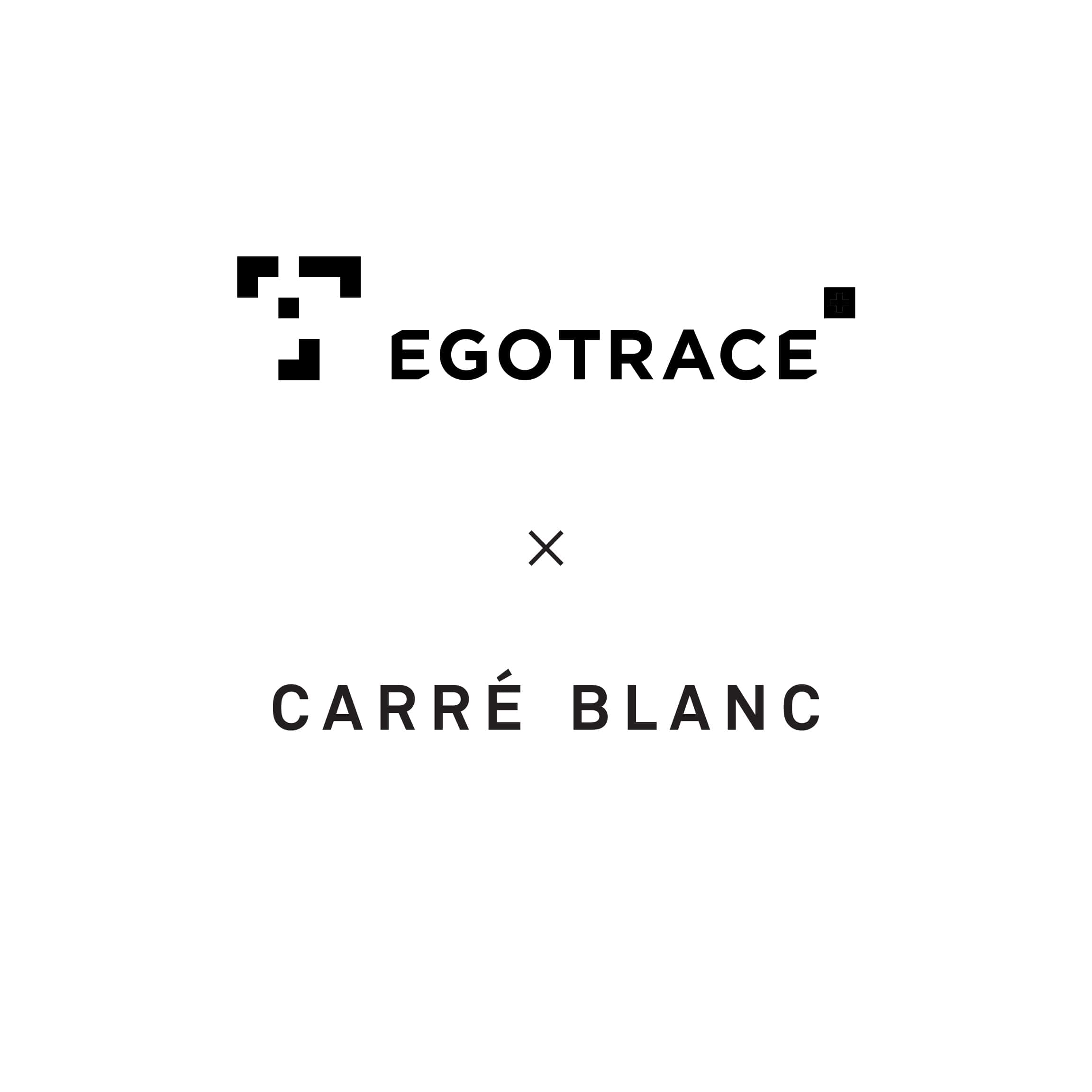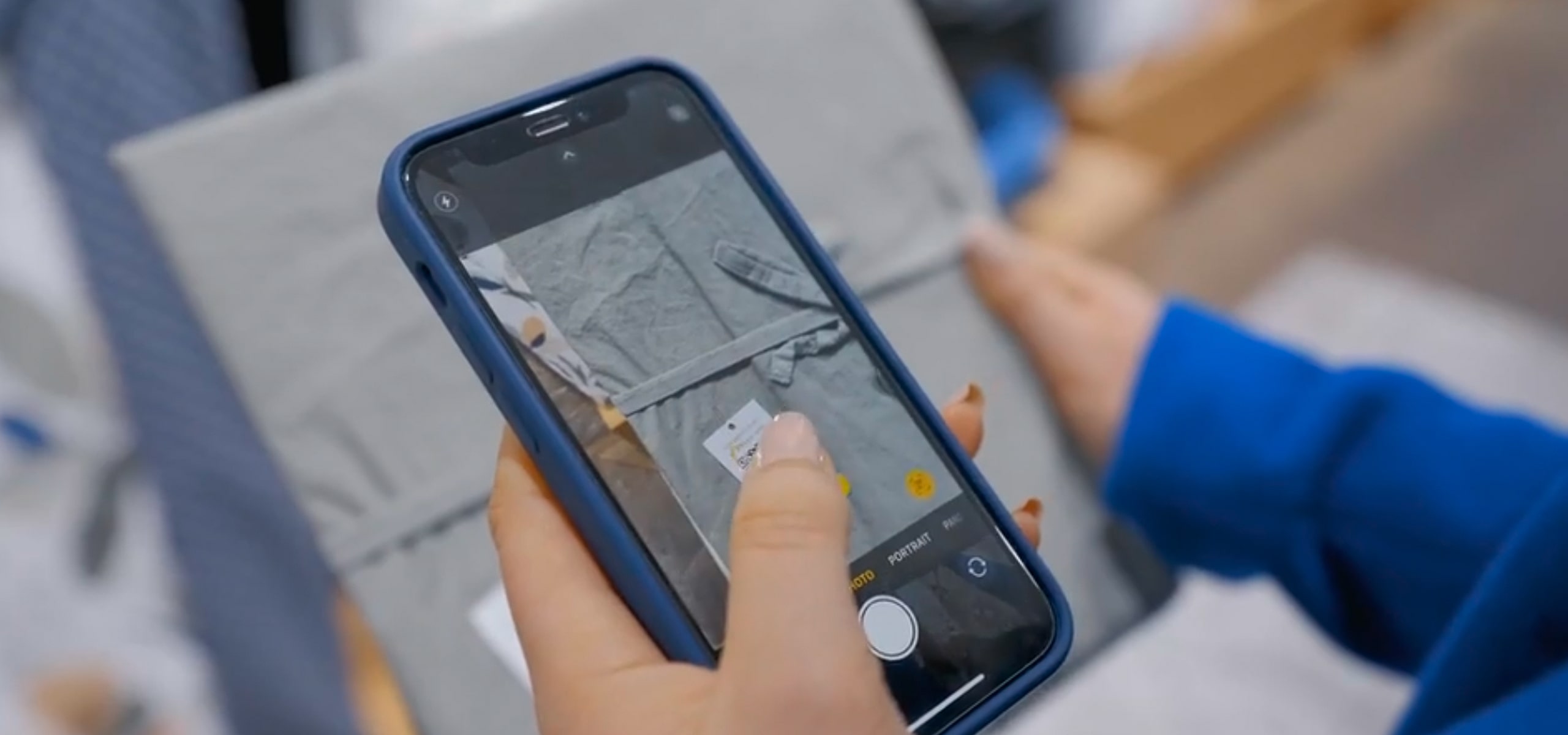No filter
100% traceability.
Because a simple ‘Made In…’ stamp doesn’t include everything, Carré Blanc is proud to offer a full overview of our production processes, from design and manufacturing to recycling. At Carré Blanc, we’re committed to being transparent with our customers. By sharing how and why we manufacture our products, we can identify ways to constantly improve our production and delivery chain, limit our social and environmental impact, and encourage you to help recycle our products..
We’ve also partnered with Swiss traceability platform EgoTrace to help store and display all of our traceability information.
Towards shared commitment!
Traceability at the service of governance..
At Carré Blanc, we believe that our responsibility goes further than transparency. By controlling our value chain, we can make informed sourcing choices.
Controlling the origins of our raw materials, optimising journeys between countries... concrete actions to help us source more responsibly!
Our aim: to act to improve our environmental and social footprint, thanks to a demanding traceability system developed jointly with our manufacturing partners.
100% traceability of all stages of production.
Because there's more to a product than where it's made, we've opted for 5 stages of complete traceability. Why do we do this? Because each stage is important, and the so-called "upstream" stages, such as fibre harvesting and dyeing, have the greatest environmental and social impact.
Better production to make you want to consume better.
Fibre
Meet your expectations, your desires and your uses by choosing the fibre with the most suitable properties.
Spinning
To create yarn from the fibre by gathering several filaments into a roving, for example.
Making fabric
Interweave loops of yarn to make knitwear, or interweave yarns perpendicularly to make fabric.
Dying and Printing
Dying Involves placing the raw tissue in a vat filled with dye, imbuing it with a single uniform colour.
Confection
Assemble the fabrics and finish the product: the famous "made in".
Committed to a better supply chain.
We are continuing our commitment to the Refashion movement, which helps textile companies move towards a circular economy. As an active member of this organisation, we sincerely share our approach to collectively building a more responsible textile industry.
To build an industry that is more respectful of the planet and its inhabitants!



